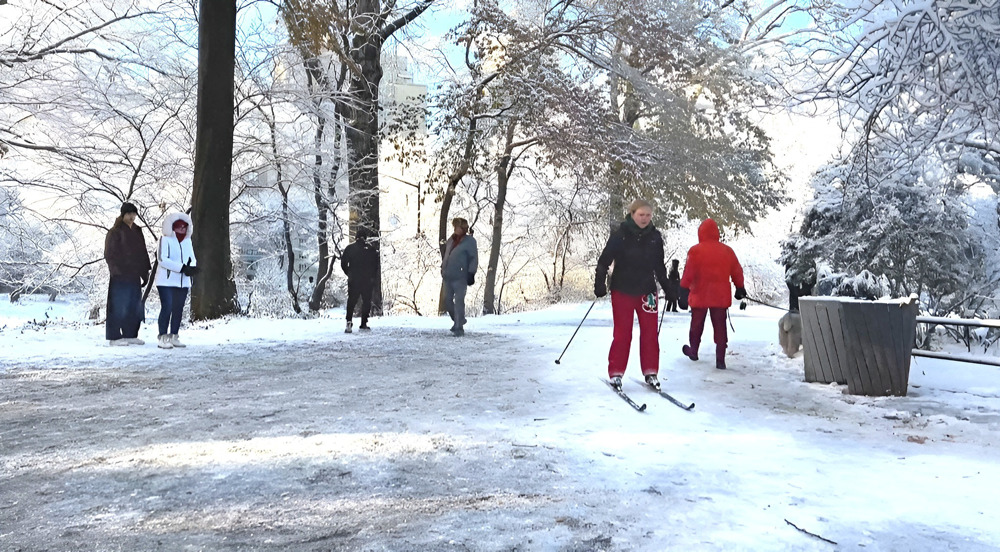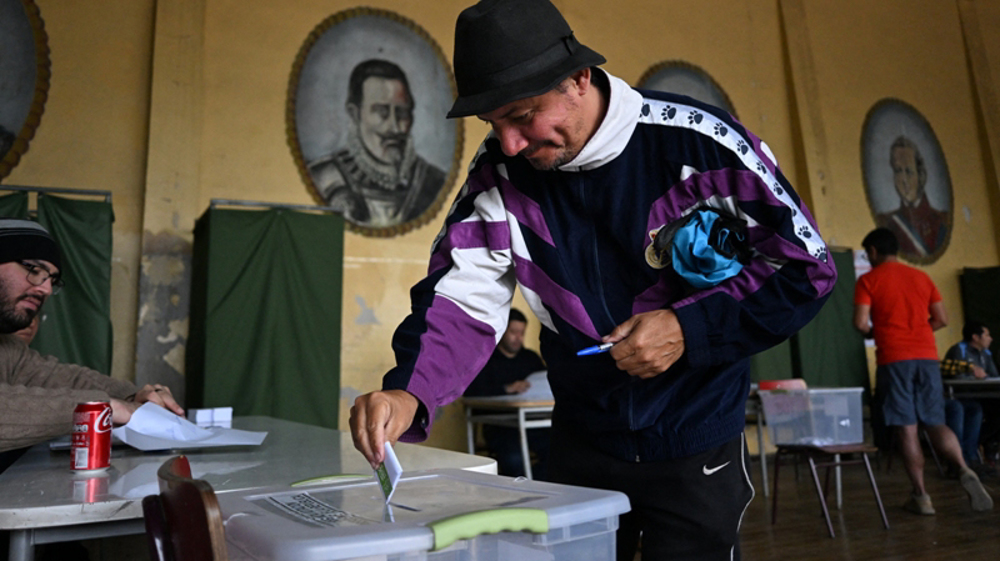Brain-machine interface training to reverse paralysis
A new study has revealed that ‘brain-machine interface technologies’ could help paralyzed patients to recover partial control and have feeling in their limbs.
Researchers at Duke University in the US have used the technologies on patients paralyzed by spinal cord injuries.
They say the technologies change brain activity into electric signals that power devices such as exo-skeletons and robotic arms.
Medics say patients could use virtual reality scenarios to train their minds. Scientists believe that the training rewired the circuitry in the brain, giving it new ways to communicate with parts of the injured body.
"To our big surprise, what we noticed is that long-term training with brain-machine interfaces triggers a partial neurological recovery," said Dr. Miguel Nicolelis, a professor of neuroscience and biomedical engineering at Duke University, according to a statement from Duke.
"What we didn't expect and what we observed is that some of these patients regained voluntary control of muscles in the legs below the level of the lesion and regained sensitivity below the level of the spinal cord injury," Nicolelis said.
The researchers believe that the training in effect rewired the circuitry in the brain, giving it new ways to communicate with parts of the injured body.
"We may actually have triggered a plastic reorganization in the cortex by re-inserting a representation of lower limbs and locomotion in the cortex," Nicolelis said.
"These patients may have been able to transmit some of this information from the cortex through the spinal cord, through these very few nerves that may have survived the original trauma. It’s almost like we turned them on again," Nicolelis said.
VIDEO | Press TV's news headlines
VIDEO | ECOWAS leaders vow united front against coups
VIDEO | BDS protest targets French retailer Carrefour in Granada
Iran: Israel's backers complicit in Gaza genocide
US issues warning to Netanyahu over Gaza ceasefire violation: Report
ICC rejects Israel's appeal to invalidate Netanyahu's arrest warrant
Imam Reza (AS) holy shrine begins accepting crypto donations
VIDEO | Newborn deaths surge in Gaza amid siege and maternal malnutrition









 This makes it easy to access the Press TV website
This makes it easy to access the Press TV website